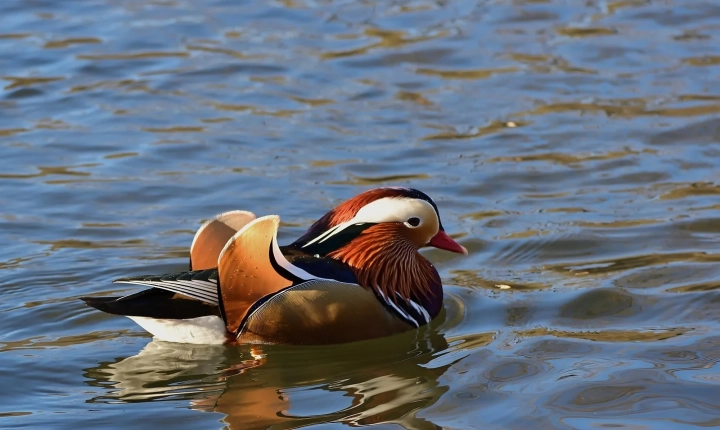How to Write a Story Using ChatGPT: A Beginner’s Guide
As technology continues to advance, more and more writers are turning to artificial intelligence tools to assist them in the creative process. One such tool is ChatGPT, a language generation model developed by OpenAI. ChatGPT can generate human-like text based on the input it receives, making it a valuable resource for writers who are looking to spark their creativity and develop new story ideas.
If you’re a writer who is interested in using ChatGPT to help you write a story, here are some tips to get you started:
1. Provide Clear Prompts: When using ChatGPT to help you write a story, it’s important to provide clear and specific prompts to guide the AI’s output. This could include details like the genre of the story, the main characters, the setting, and any key plot points you want to include. The more detailed your prompt, the more relevant and useful the AI-generated text will be.
2. Use the AI for Inspiration: ChatGPT can be a great source of inspiration when you’re feeling stuck in your writing process. Use the AI to generate ideas, dialogue, or even entire scenes that you can then build upon and expand in your story. The AI can provide fresh perspectives and unexpected twists that can breathe new life into your writing.
3. Refine and Edit: While ChatGPT can help you generate text and ideas, it’s important to remember that the AI is not a substitute for your own creativity and storytelling skills. The output from ChatGPT should be used as a starting point, and you should be prepared to refine and edit the text to fit your vision for the story. This might involve rephrasing sentences, adding details, or even discarding parts of the AI-generated text that don’t work for your story.
4. Consider Ethical Use: As with any AI tool, it’s important to use ChatGPT ethically and responsibly. Avoid using the AI to generate content that is offensive, harmful, or plagiarized. Always strive to create original and impactful work, using ChatGPT as a tool to enhance your storytelling, rather than as a crutch to rely on for the entire creative process.
5. Experiment and Have Fun: Finally, don’t be afraid to experiment with ChatGPT and have fun with the process. Try using different prompts, exploring new genres, and seeing how the AI can help you think outside the box. The AI is a powerful tool, but it’s ultimately up to you to harness its potential and use it to create compelling and engaging stories.
In conclusion, ChatGPT can be a valuable resource for writers looking to write a story. By providing clear prompts, using the AI for inspiration, refining and editing the output, considering ethical use, and experimenting with the process, writers can harness the power of AI to enhance their storytelling abilities and create compelling narratives. With the right approach, writers can use ChatGPT as a valuable addition to their creative toolkit and take their storytelling to new heights.
